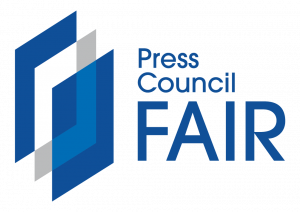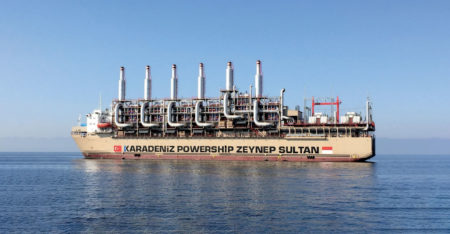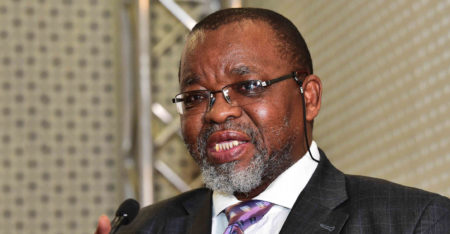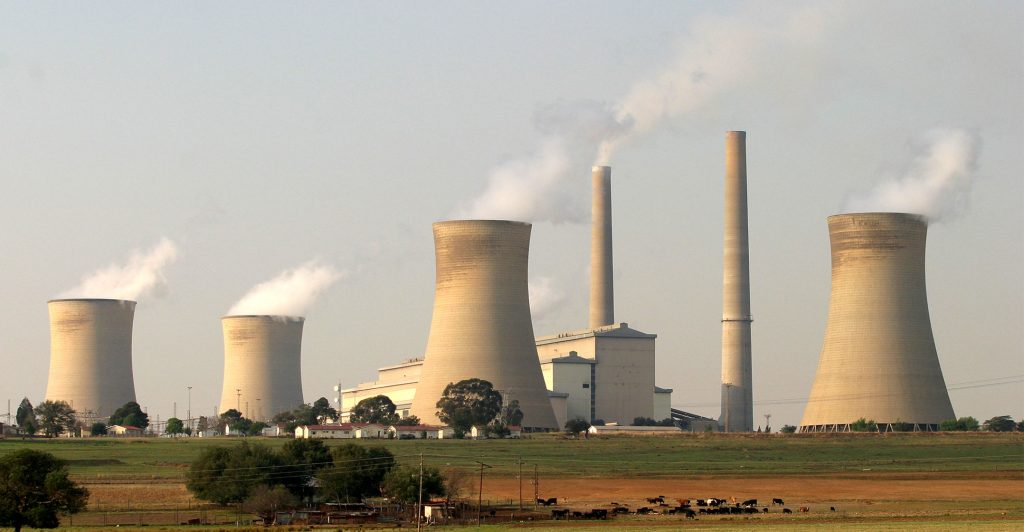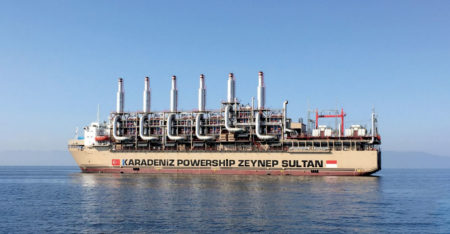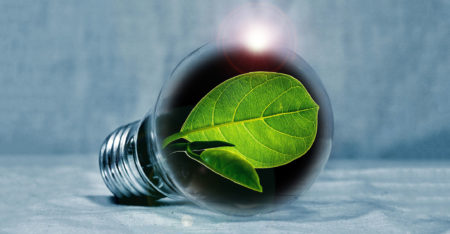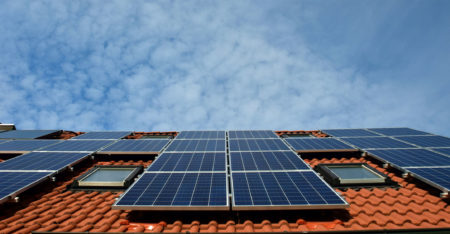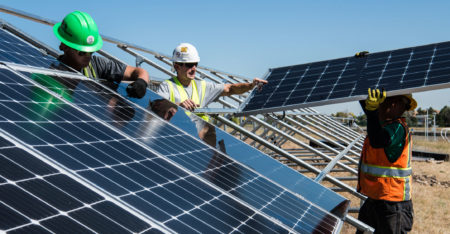Energy regulator Nersa has kicked a hard discussion about a licence for the controversial electricity generator down the road.
Browsing: Nersa
Government on Thursday published changes to the Electricity Regulation Act, making it official that power producers of up to 100MW will not require a licence from energy regulator Nersa to operate.
While implementing countrywide blackouts this week, energy regulator Nersa has published for comment Eskom’s latest submission for additional revenue to be recovered from electricity tariffs.
Eskom doesn’t want to buy electricity from the company that won most of a government emergency power tender because it’s concerned about the cost and length of the contract, sources said.
South Africa plans to lift the licensing threshold for small-scale power generation projects to 10MW from 1MW, a boost to firms anxious to curb their reliance on the ailing Eskom, but industry experts had hoped for more.
In January, Eskom filed a contentious tariff proposal. In it were a number of proposed changes that will have wide ramifications for all users of electricity, even if they are not directly supplied by Eskom.
Even with the 15.63% tariff hike to be implemented on 1 April, Eskom considers its electricity tariffs to be far from cost-reflective. Yet further big price hikes will mean alternative sources of energy become more viable.
Eskom hopes its proposed retail tariffs for 2021 will help solve a looming problem triggered by increased solar generation across the country.
Eskom is broke and can’t invest in any further capacity. Independent power producers will have to do it, and they will need an independent transmission and market operator that they trust.
Though Amazon.com is staying mum for now on details of its planned “utility-scale” renewable energy project in South Africa, it has emerged that it will source the power from a giant solar farm to be built in the Northern Cape.

